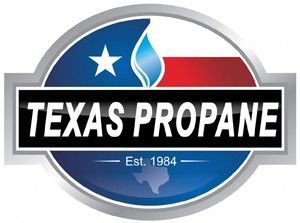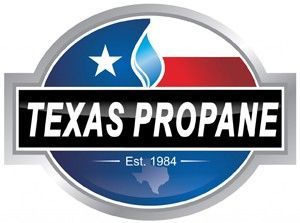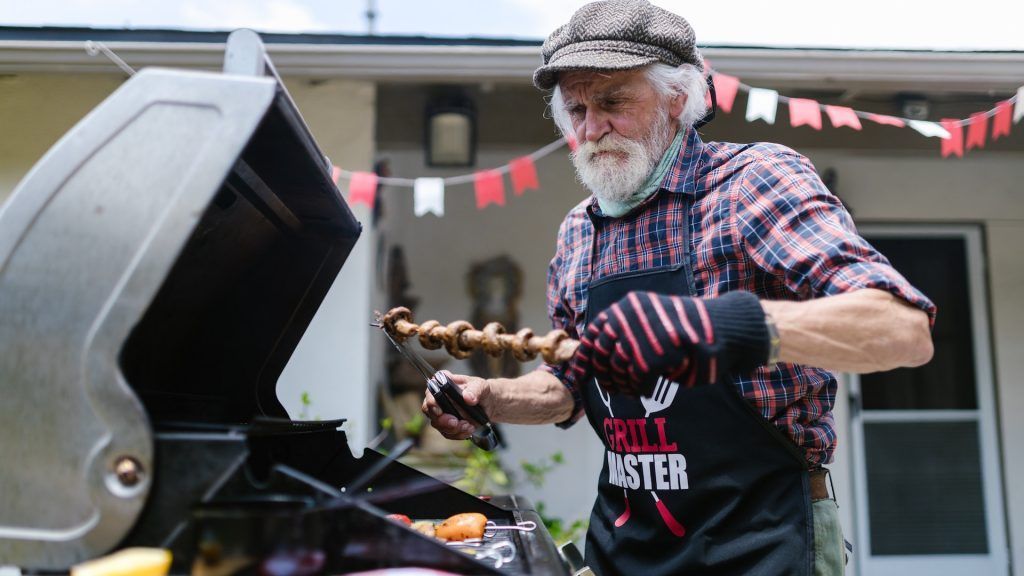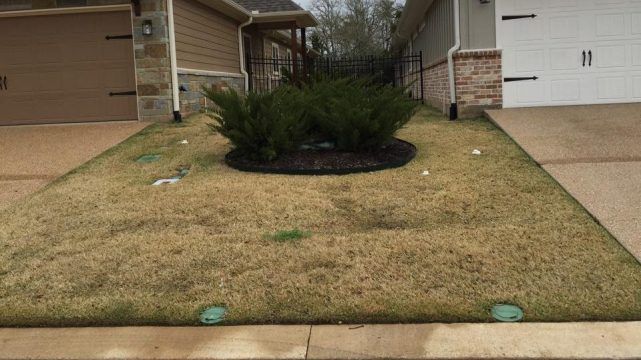Propane Gas Appliance Connections

Propane Gas Appliance Connections
Appliance service connections are easily replaceable. However, these propane distribution valves and lines require protection against damage and proper installation to prevent accidents, harm or property damage. Use only approved materials and connections in accordance with appliance manufacturer specifications and regulations by NFPA 54.
***Important – Appliance valves and connections can easily close, disconnect or damage if accessible to pets or children. Take precautions to minimize the threat to appliance connections or exposed gas lines connecting these appliances to a propane piping system.***
Approved LP Gas Appliance Valves
Propane valves that service appliances such as heaters are called shut-off valves or cut-off valves. They protrude from the floor or wall. According to NFPA 54 3.8.2, all gas cut-off valves not servicing or connecting to an appliance requiring capping or plugging with a threaded gaslight seal.
In addition, all installation of propane gas valves for servicing appliances are listed to be installed for the service and supply of one gas appliance. Simply put, on single valve cannot supply both a propane water heater and propane furnace. A “dedicated” valve is necessary for servicing of each appliance.
Dangerous LP Gas Appliance Valves
Appliance connections to unapproved propane gas valves constitute illegal installations and are extremely unsafe. Historically, indoor gas hose connections were to a “push-on” type gas valve. This type of valve is no longer approved (other than for laboratory use) based on the number of accidents involving these types of propane valves.
Also, any appliance cut-off valve that is not approved for LP Gas use will render the entire propane gas system illegal. Therefore, it will unfit for service until you make the necessary repairs.
Propane Gas Flex Lines
Use of indoor stationary propane appliances is necessary for connection to LP Gas building piping systems with the following:
- metallic piping
- tubing
- fittings
Additionally, the majority of users recognize this type of connection as a flex line. Flex lines are common in gas systems. They allow for the ease of appliance installation and flexibility if moving of the equipment is necessary.
Over time, stress can occur on the flex lines if there’s frequent moving of the appliance connection. Therefore, flex lines require periodic inspections. If the line cracks due to wear, it will need replacement. This is because leaks can form on a cracked gas flex line.
This is just the basics of propane gas appliance connections. Contact us at Texas Propane with the link below for more information or to schedule your propane repair or modification services with us today!
Tips & Info
Fired up to learn more?
Read on to learn about how you can benefit from using propane.
